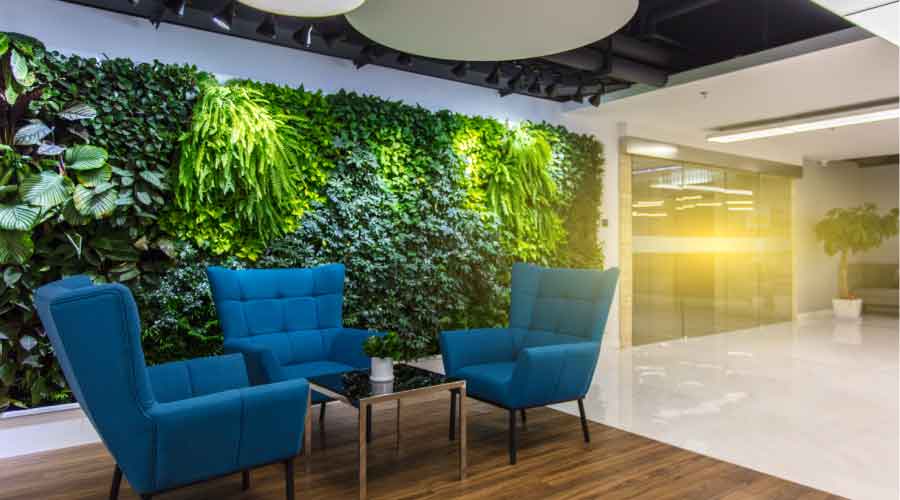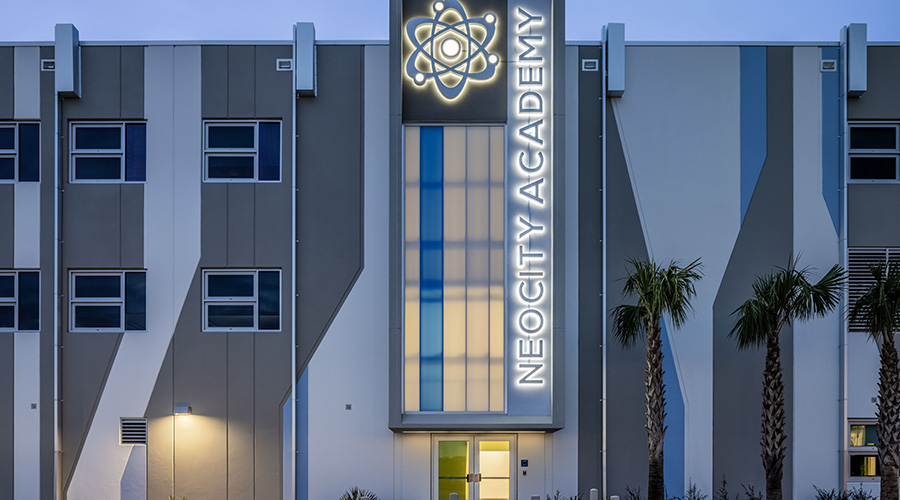What Is the WELL Building Standard?
Three separate rating systems help certify facilities for health and well-being initiatives.
By Janet Morra and Lauren Maggio, Contributing Writers
The idea of the WELL Building Standard started in 2013 with a question posed by Delos, a global wellness leader with a mission to enhance health and well-being in live, work, learn, and play spaces: “How do we merge real estate with health and well-being?”
One thing led to another, and a year later the first version of the WELL Building Standard was launched; administered by the International WELL Building Institute (IWBI), a subsidiary of Delos.
The WELL program (WELL) applies the science of how physical and social environments affect human health, well-being, and performance. Developed over 10 years and backed by the latest scientific research, the current WELL Building Standard contains 112 features organized into 10 categories called concepts. IWBI’s sophisticated digital tools allow organizations to implement the WELL Building Standard in a flexible and customizable way to meet specific health and well-being goals and drive desirable business outcomes.
In 2015, the Well Living Lab — a collaboration between Delos and the Mayo Clinic — was founded on the premise that, “The only way to know how indoor environments can contribute to health and well-being is to scientifically study them.” By 2018, IWBI applied what it had learned from scientific research data, users, and practitioners to an update of the WELL Building Standard, referred to as the WELL v2 pilot.
The path to certification
WELL is supported by three separate rating systems which allow participants to take a targeted approach to certification by focusing on a subset of strategies that address specific themes. These are: the WELL Performance Rating, the WELL Health-Safety Rating, and the WELL Equity Rating. There is also a WELL Community Standard, which applies WELL principles on a neighborhood scale.
The WELL Performance Rating is a roadmap for leveraging building performance and occupant experience data to shift business decisions and organizational culture. Informed by the WELL Building Standard, it focuses on measurable building performance strategies that are verified through onsite testing and sensor technology. The seven performance themes are indoor air quality, water quality management, lighting measurements, thermal conditions, acoustic performance, environmental monitoring, and occupant experience. Strategies enacted through the WELL Performance Rating are automatically applied to a WELL Certification scorecard or WELL Score.
Launched in July 2020, the WELL Health-Safety Rating was in response to the COVID-19 pandemic. IWBI defines it as “an evidence-based, third-party verified rating focused on operational policies, maintenance protocols and emergency plans to address a post-COVID-19 environment now and broader health and safety-related issues into the future.” This rating system promotes indoor safety by providing a means to guide, validate, recognize, and scale management of health and safety issues in shared spaces. Directed towards facility operations and management, the rating is applicable to all new and existing building and facility types across an array of markets and large and small organizations alike.
Developed in 2021, the WELL Equity Rating’s purpose is to address the needs and priorities of the most marginalized populations in workplaces and the communities in which they operate. The rating system contains more than 40 features in six action areas: user experience and feedback; responsible hiring and labor practices; inclusive design; health benefits and services; supportive programs and spaces; and community engagement. The rating recognizes projects that have achieved innovative approaches to promoting the creation of equitable spaces.
WELL Certification is the highest pinnacle of achievement of strategies across all 10 WELL Building Standard concepts. Projects must achieve all preconditions as well as accrue a certain number of points towards the four available levels (Bronze, Silver, Gold, Platinum) of certification.
Janet Morra, AIA, LEED AP, is a principal and partner, and Lauren Maggio, NCIDQ, IIDA, WELL AP, is a senior interior designer at Margulies Perruzzi, an architectural firm in Boston specializing in healthcare, science and technology, workplace, and real estate projects.
Related Topics:












